
Champions League best bets for Tuesday, Oct. 21 include Napoli vs PSV, Benfica vs Newcastle, Dortmund vs Copenhagen and Inter Milan vs Union SG.

See fantasy basketball bold predictions in 2025 with NBA fantasy calls on sleepers, busts, breakout stars and surprise draft picks to watch this season.

Break down NFL box scores from Week 6 with key data on snaps, routes, personnel and usage trends to uncover fantasy football value and roster insights.

RotoWire has the best prop bets for the Texans vs Seahawks on Monday Night Football! Find out more about our Texans vs Seahawks player props for Week 7.
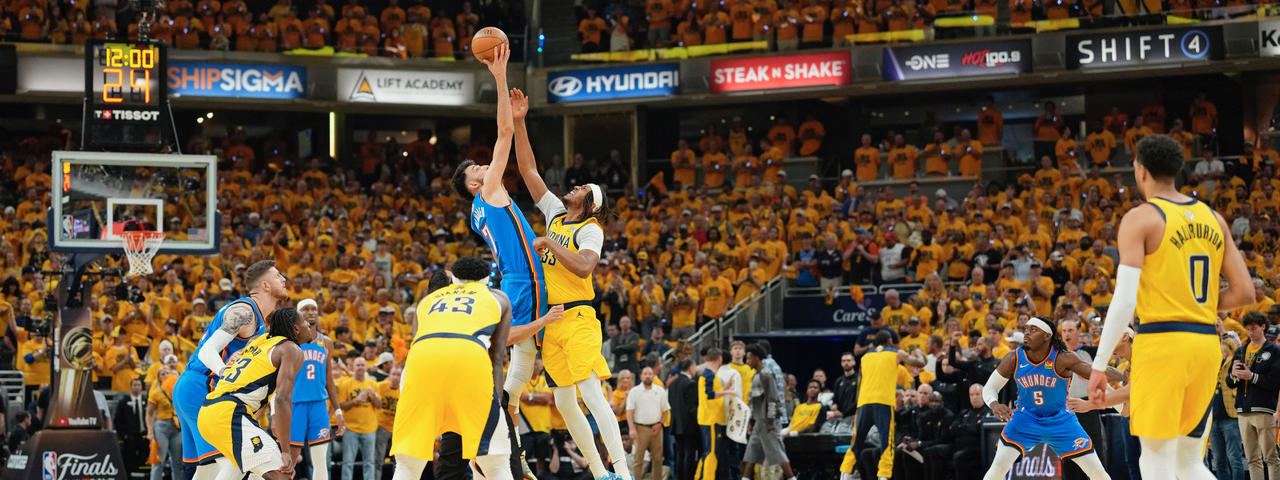
Learn when NBA lineups are projected, confirmed and updated before tip-off. Plus, learn how to time your DFS, fantasy basketball and betting adjustments.
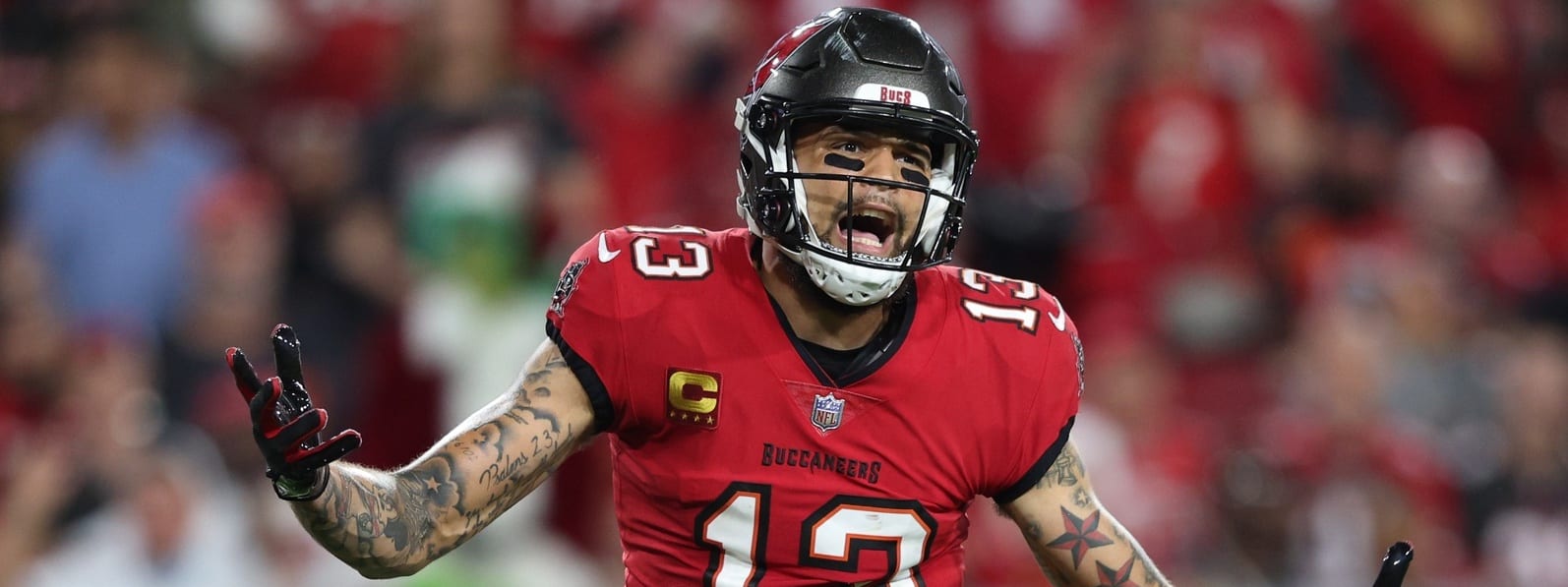
RotoWire has the best prop bets for the Buccaneers vs Lions on Monday Night Football! Find out more about our Buccaneers vs Lions player props for Week 7.

America's hottest new casinos for 2025 give gamblers an exciting new way to play online slots and tables. Learn more about the top new online casinos in the US here.

The best Michigan sportsbook promos grant over $4,000 in welcome bonuses to new users. Learn more and claim the top MI sports betting promos today.
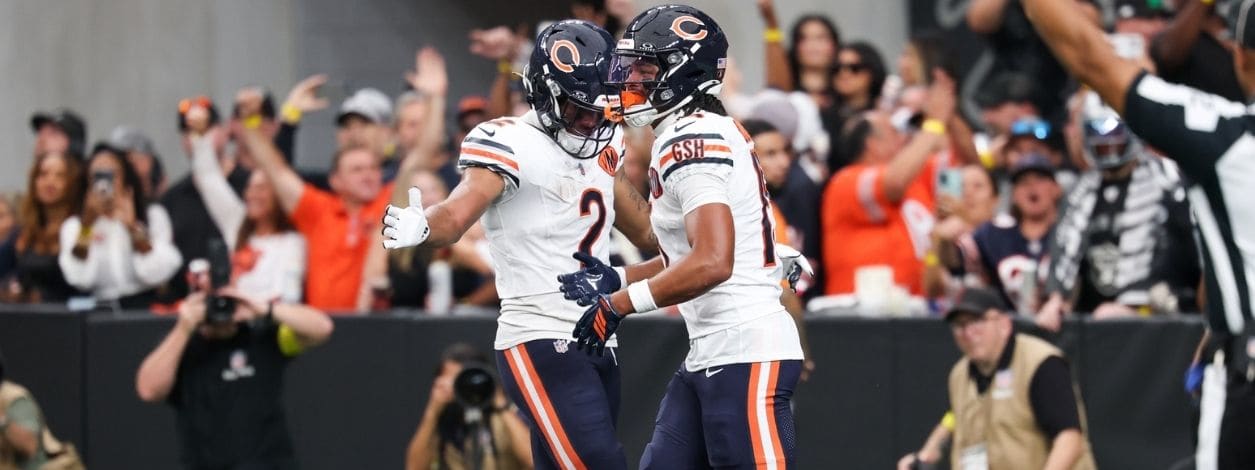
The best Illinois sports betting promos grant over $5,000 in welcome bonuses to new users. Learn more and claim your IL sports betting bonus today.

The best Pennsylvania sportsbook promos grant over $4,000 in welcome bonuses to new users. Learn more and claim the top PA sports betting promos today.

ALCS Game 7 is set for tonight with the Blue Jays and Mariners squaring off with a trip to the World Series on the line. JP Aravena checks in with his best MLB bets.

New users can claim more than $5,000 in Ohio sportsbook promos today! Learn how to claim and the pros and cons of each of these OH sports betting promos.
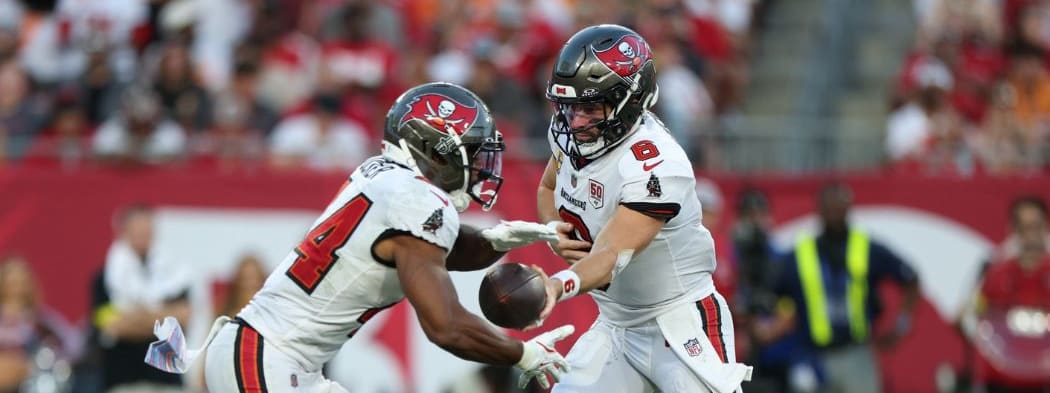
Get the best NFL betting promos and bonuses for MNF featuring the MNF double header! Learn about exclusive NFL sportsbook promo codes and how to claim them.
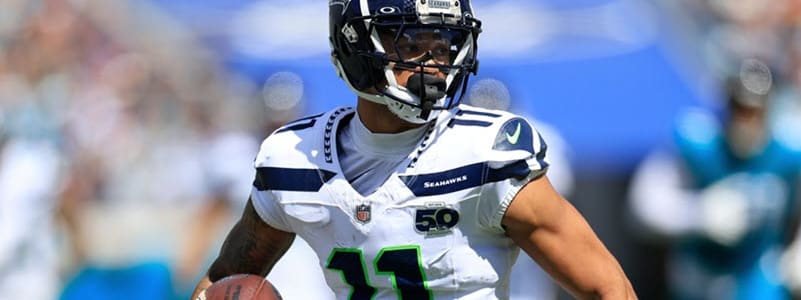
Get the best NFL player props for tonight's Monday Night Football doubleheader as Johnny Venezia lines up his top props for Lions vs Buccaneers and Seahawks vs Texans.

The college basketball betting futures market is hot with the season two weeks away. Check out our college hoops futures picks from the RotoWire editors.

Discover the top Week 8 fantasy football waiver-wire pickups. Find breakout candidates, injury replacements and more to boost your team.

Chase Briscoe won at Talladgea to lock up a spot in the Championship 4. See where the No. 19 driver falls in C.J. Radune's latest NASCAR Power Rankings with Martinsville up next.


